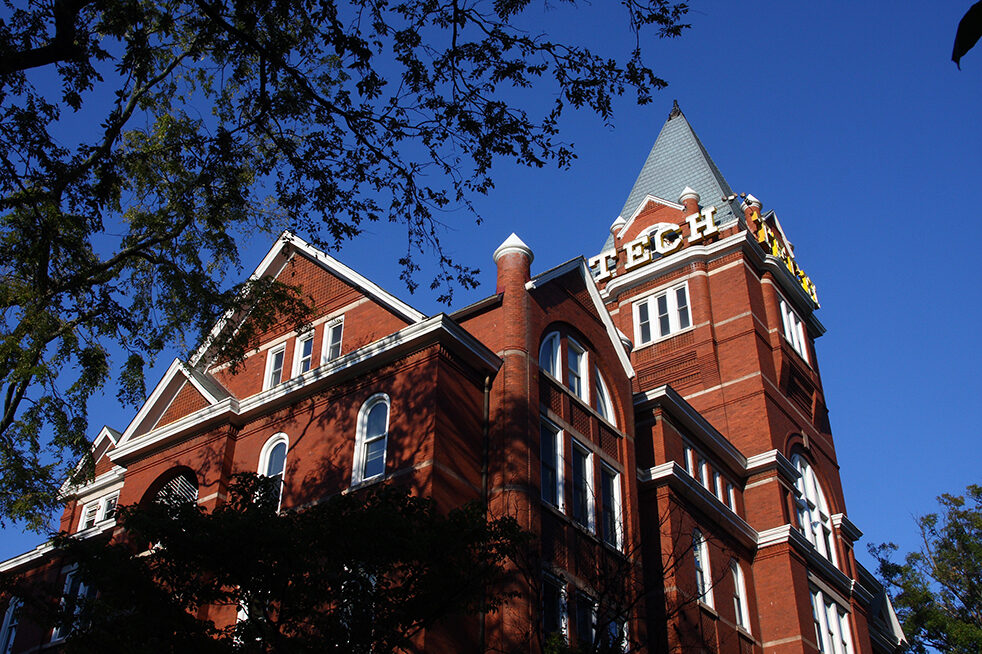Is the American Dream still alive?
The United States has always touted their supposed success in supporting the American Dream. However, in an era with rampant inflation, a divisive political climate and social stratification, the United States, one of the richest countries in the world, is far from rich in social mobility, especially compared to its affluent counterparts. Thus, we at the Technique, wish to discuss the true definition of the American Dream as well as what factors have led to its success — or lack thereof.
The American Dream is often defined through the nuclear family. They have two cars, a picket fence and a nice house in the suburbs. Under this ideal, background, race, ethnicity and socioeconomic status have little effect.
This does not necessarily mean opulent wealth. Anyone can “pull themselves up by their bootstraps” and achieve any level of social status through hard work alone. This dream indubitably exists in certain spheres, such as in contrast to more developing countries. Historically, America’s booming economy allowed social mobility, as European immigrants found work during a widespread industrial revolution. However, this mobility is not so common in today’s age. In addition, the United States is relatively new in terms of political establishment. Poorer people immigrated from Europe and encountered a country with ample space to expand and establish a life — at the expense of Indigenous communities.
Presently, America is a geographically sprawling and federalist nation. Numerous regions are highly rural and contain minimal access to hospitals, city centers and government offices. Further, the nation is among the first democratically established country and therefore continually pushes the narrative of individual power. Compared to other rich countries, the United States’ low social mobility is directly influenced by the individualist culture and diluted sense of community. This plays into the pushback against universal policies such as healthcare, housing and wages. The COVID-19 pandemic publicly exemplified the United States’ weaknesses, especially in healthcare. Those most impacted by the pandemic were minorities and
essential workers. The American Dream no longer defines a simple path to success. Many people who immigrate to America already have to be skilled to come here; thus, they often stay in the same social class, starting at middle class in their home country and continuing in that class in America, having completed higher education prior to immigration. In the context of Asian communities, some of the richest and poorest immigrants are Asian. These same communities experience the biggest gaps in income inequality. This plays into the model minority myth, where the community itself turns against itself and other minorities at times. The idea of the American Dream is built off of immigrants. However, not all minorities fit under that umbrella. While the American Dream may be real and possible for some, this is often not the case for minorities such as Indigenous and Black communities. The foundation of the dream is equal access for all, but even foundational ideas such as making your own land and territory is based on taking from others, such as with the Indian Removal Act of 1830. No amount of hard work can counteract these social structures.
It is important to believe in personal agency; many opportunities offered to those in America are not present elsewhere. However, the American Dream alone is not enough to pursue a better life. The dream is now truly just a dream, based on the romanticization of America and sometimes influenced by American imperialist ideologies. People come to the United States from places such as South America to make money and create an improved standard of living for themselves and families at home but are often barely scraping by. This is the reality of the American Dream.
The American Dream must stop treating “success” as a monolith thereby ostracizing those unable to achieve the American Dream — the majority of Americans. The government must enact policies to uplift their constituents and truly allow for upward mobility through access to healthcare, education and jobs. Most importantly, people must realize that when they achieve the American Dream, it is in spite of the American establishment, not because of it.
